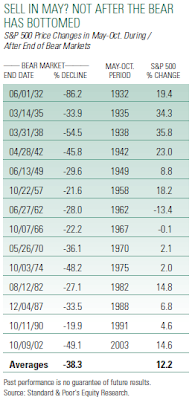David Wendell Associates recently published a newsletter noting dividend paying companies with higher retention rates than the S&P 500 Index tend to outperform the index over longer periods of time.
The table below shows the average retention and dividend growth rates over the past ten and five years for a number of companies we have recommended. As can be seen, since 1999 these companies, as a group, had an average retention rate of 17%, or more than four times the average of the S&P 500 for the same period. Their average dividend growth rates for the past five years were also far superior to the S&P 500 -- even taking into account the three companies in the group not paying dividends for the entire period.

As can be seen, the retention rate of these companies, as a group, averaged well over four times that of the S&P 500 last year. Their earnings increased an average of 13% last year while the S&P 500’s decreased about 40% amid the carnage of the financial crisis.
These companies even outperformed the S&P 500 over the three years beginning in 2005 -- when the bubble in financial assets began. As a group, their earnings increased at a compound annual rate of 14%, versus the S&P 500 which declined at a compound annual rate of 16%. As a group, their dividends increased at a compound annual rate of 21%, versus the S&P 500 which saw an increase of 9%.
Finally, last year these companies increased their dividends an average of 18% while the S&P 500 saw a dividend increase of only 2%. For the current year-to-date, some of these companies have already announced dividend increases averaging 14%, while Standard & Poor’s is projecting S&P 500 dividends will likely decrease almost 23% this year.
In the end an investor can gain unique insight into a company's financial prospects by evaluating the impact the dividend growth rate has on other key financial ratios like leverage and retention rate.
Source:
Solid and Sustainable: Growth Company Dividends (PDF)
David Wendell Associates
First Quarter, 2009
http://209.62.111.98/~dwendell/images/1q09commonsense.pdf




















